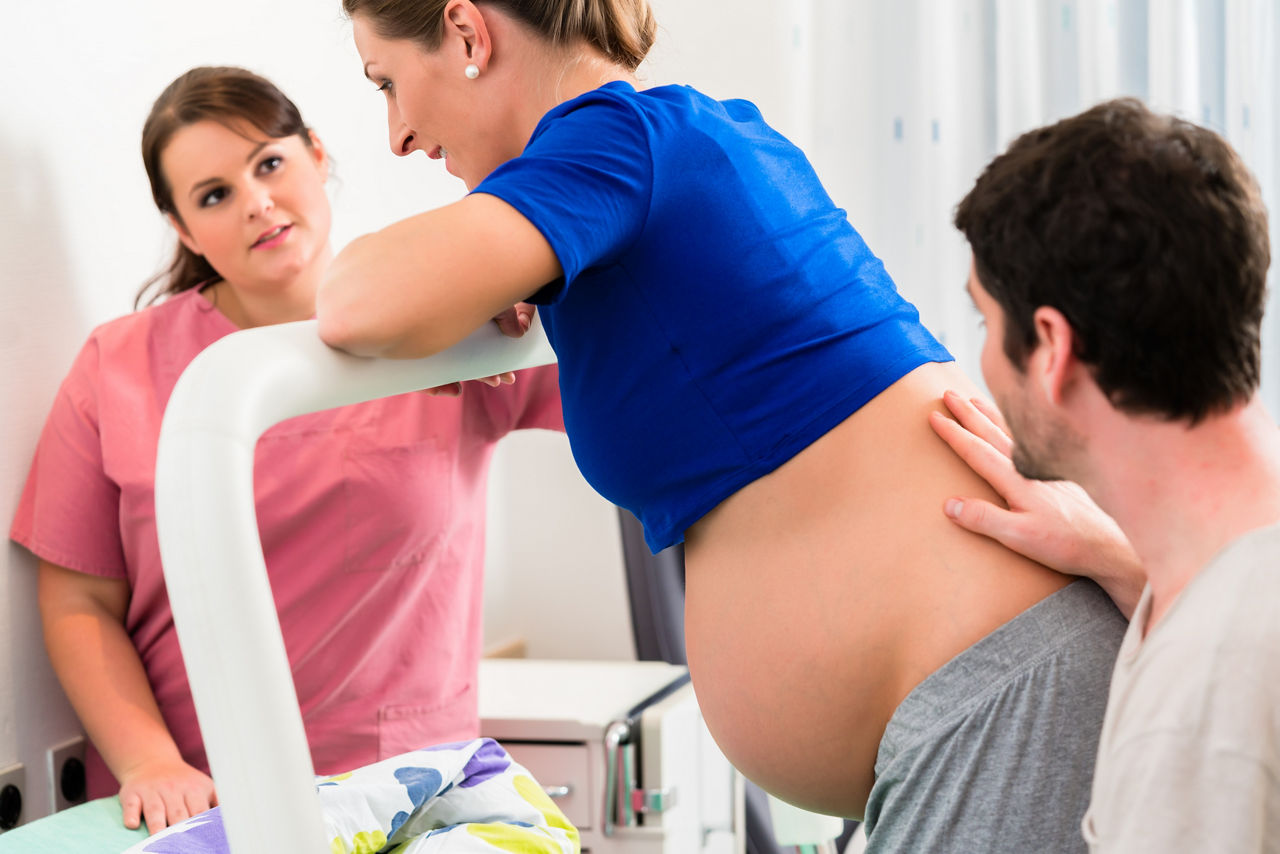Breastmilk is the best for babies. The World Health Organisation recommends exclusive breastfeeding for the first six months of life. Unnecessary introduction of bottle feeding or other food and drinks will have a negative impact on breastfeeding. After six months of age, infants should receive age-appropriate foods while breastfeeding continues for up to two years of age or beyond. Consult your doctor before deciding to use infant formula or if you have difficulty breastfeeding.
- Week 1
- Week 2
- Week 3
- Week 4
- Week 5
- Week 6
- Week 7
- Week 8
- Week 9
- Week 10
- Week 11
- Week 12
- Week 13
- Week 14
- Week 15
- Week 16
- Week 17
- Week 18
- Week 19
- Week 20
- Week 21
- Week 22
- Week 23
- Week 24
- Week 25
- Week 26
- Week 27
- Week 28
- Week 29
- Week 30
- Week 31
- Week 32
- Week 33
- Week 34
- Week 35
- Week 36
- Week 37
- Week 38
- Week 39
- Week 40
Childbirth and Birthing Positions
Feeling nervous about the back pain and contractions during childbirth? Whether you choose to stand, squat or lean forward during delivery, arm yourself with options to help the birthing process progress more quickly.
Television programmes have led many of us to think that childbirth happens with us lying on our backs, with our legs spread wide. However, there are other natural birthing positions and methods that you can adopt to aid your baby in his arrival and ease discomfort.
Standing
Once labour starts, you’ll probably feel a bit restless and prefer to be on your feet. Often than not, standing relieves pain. Try leaning against a bed, a wall or your birth partner to take some of the weight off your legs. This helps widen your pelvis and manoeuvres your baby into the right position. Standing also encourages your contractions to become more regular and stronger. As the saying goes, stand upright to get gravity on your side!
Squatting
As with standing, gravity is in your favour when you squat. Some women just feel a natural urge to squat during labour. Squatting allows your pelvis to be fully open, giving your baby more room to turn and move. It also provides you with more freedom to shift your weight around. However, squatting can put a lot of pressure on your knees and back, so ask your birth partner for physical support, or use a birthing ball or stool.
Assisted Delivery
If your baby needs a little extra help moving down your birth canal in the later stages of delivery, your healthcare professional might suggest an assisted delivery. Assisted delivery is recommended when you’re getting too tired to push, or if your contractions have become weaker. Pushing may also be a challenge if you have had an epidural, because your muscles would be too relaxed. This makes it difficult for your baby’s head to turn the right way.
Depending on which tool your doctor recommends, a suction cup or forceps will be used to gently guide your baby along as you push with your next contraction.
Caesarean Section
Caesarean sections (C-Sections) may be planned or unplanned, depending upon the situation. If there is little progress in your labour, or if there is an unforeseen complication, your doctor may suggest a C-Section for your and your baby’s safety.
C-Sections involve your baby being born via an incision in your lower stomach and uterus. This procedure usually lasts around an hour, and recovery can take around 6 weeks.
Plan Ahead
Create a birth plan ahead of time to let others know your preferred mode of delivery. Your birth plan should include:
· Your preferred birthing position
· Any particular views you may have on methods of assisted delivery
· Your preferences during a C-Section, should it become necessary
A birth plan helps you and your partner focus on what's most important -- bringing your new baby into the world. We wish you a smooth and safe delivery!

Connect with our team of experts
We provide advice and support for you on your parenthood journey




